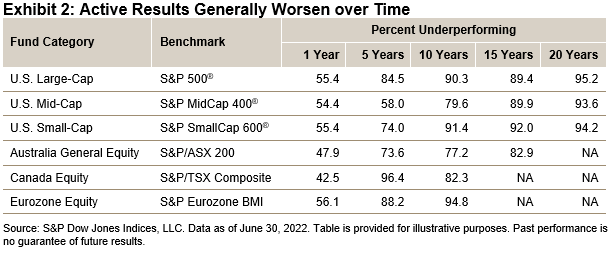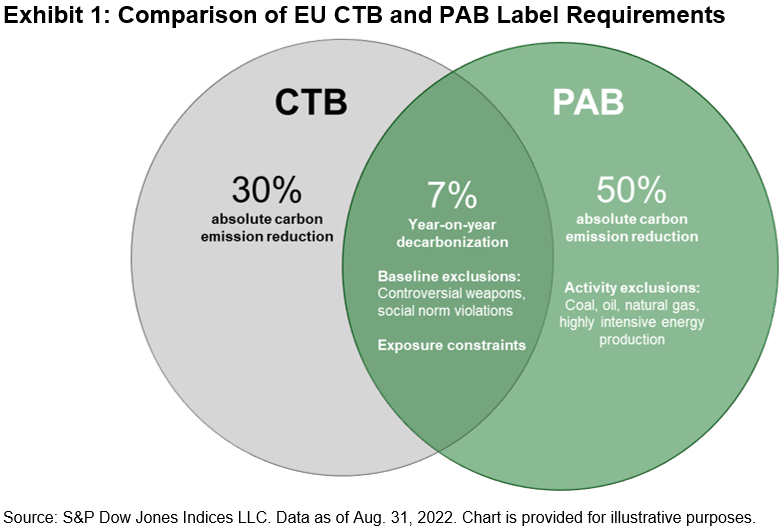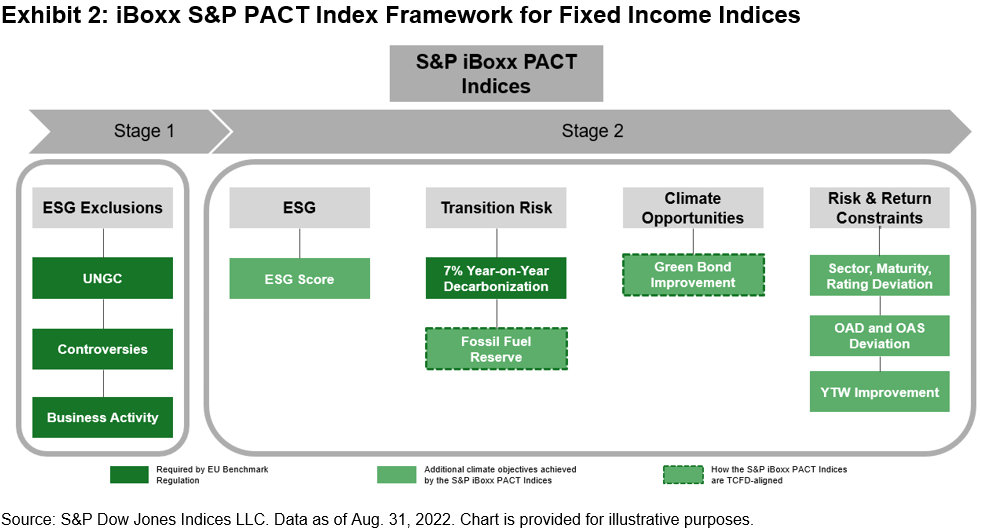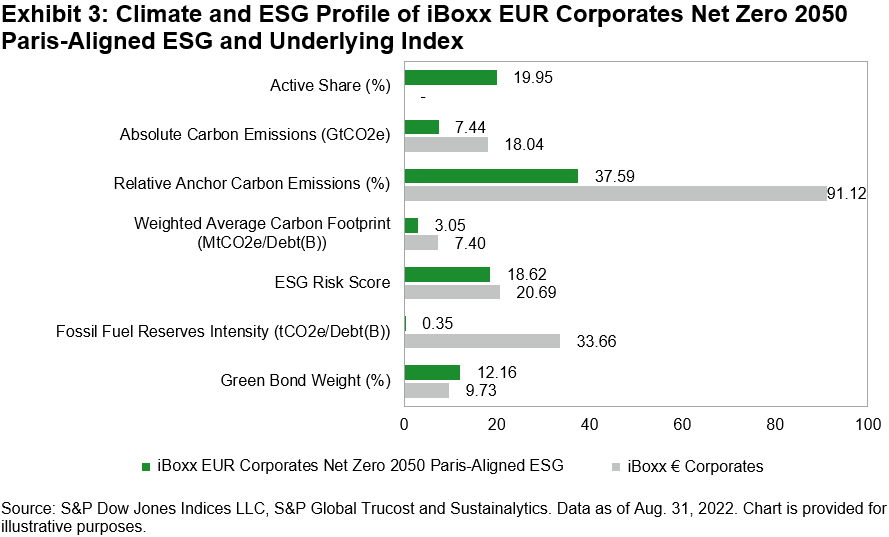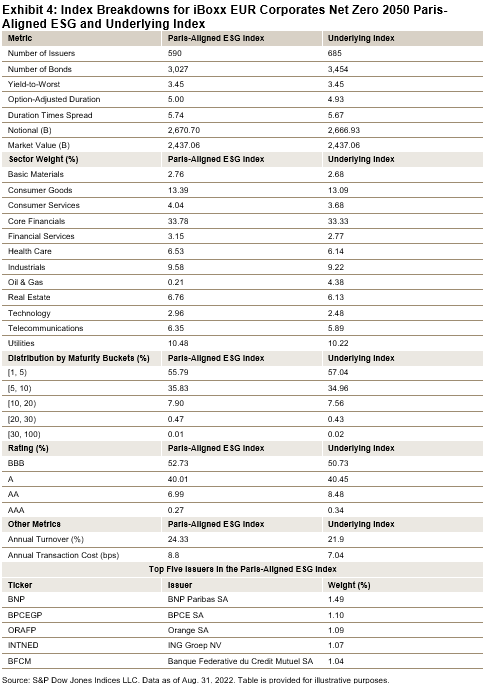Cryptocurrencies were designed to be decentralized and borderless, and different regions have different rates of adoption and use. In Asia, a new report by Accenture titled “Digital assets: Unclaimed territory in Asia”1 reported that 52% of affluent investors held digital assets as of Q1 2022, and the percentage was expected to rise to 73% by year-end 2022. The report also noted that over 80% of Singapore’s market participants demonstrated a strong interest in digital assets.
According to a recent article in the Wall Street Journal,2 Singapore’s status as a crypto hub grew when its rival, Hong Kong, lost some appeal when China cracked down on crypto trading and mining in 2021. Many established firms quickly relocated to Singapore.
With crypto innovation and investor interest plus excitement around the upcoming Token2049 Singapore conference in September 2022, we see Asia—and Singapore specifically—shine as a crypto hub. To that end, we are preparing to launch new indices specifically designed for the APAC market.
The first wave of the launch will include two indices:
- S&P Cryptocurrency Top 10 Index (Singapore Close) (USD)
- S&P Cryptocurrency Top 10 Dynamic Rebalancing Risk Control 40% Index (Singapore Close) (USD)

S&P DJI’s independent indices have a long track record of bringing transparency to a wide range of markets across asset classes and geographies, and we believe they can do the same for this emerging asset class in Asia.
The first index, S&P Cryptocurrency Top 10 Index (Singapore Close), is designed to measure the performance of the largest 10 cryptocurrencies by market capitalization.3 It uses a 9PM Singapore close to capture trading in the Asian market. Just as the stocks in the S&P 500® make up about 80% of the total U.S. equity market cap, this new index represents approximately 85% of the S&P Cryptocurrency Broad Digital Market (BDM) Index as of September 2022.
One feature of this index is a custodian screen, which may enhance investability by requiring all coins to be held by at least two institutional-grade custodians. A custodian screen helps address the many challenges of cryptocurrency custody. We have touched on some of these issues in an earlier blog. As part of the index methodology, each constituent coin must be covered by a minimum of two custodians that demonstrate both appropriate technology security—either multi-party computing (MPC) or Multi-Sig—and information security standards, as defined by SOC II or ISO27001. Appropriate custody makes it easier for asset managers to hold and invest in the coins.
For those looking to mitigate volatility in the cryptocurrency market, we are also providing a risk control feature for this index: the S&P Cryptocurrency Top 10 Dynamic Rebalancing Risk Control 40% Index. This new index seeks to limit the volatility of the underlying S&P Cryptocurrency Index to a target level of 40% by adjusting the exposure to the underlying index and allocating to U.S. dollars. The index is rebalanced on a dynamic basis; that is, when the 10% threshold based on exposure is crossed (S&P Risk Control Indices are also available for traditional asset classes—equities, commodities and more).
For S&P DJI, these new indices represent one more way to bring transparency and leadership to this emerging asset class.
For additional details, please refer to S&P Digital Market Indices Methodology, S&P Risk Control Indices Methodology & Parameters for current parameters, and to the S&P Risk Control Indices section of the S&P DJI Index Mathematics Methodology.
1 Accenture Wealth Management, “Digital assets: Unclaimed territory,” 2022, p. 4.
2 Yu, Elaine and Caitlin Ostroff, “Crypto’s Collapse Deals New Challenge for Regulators in Singapore,” Wall Street Journal, Aug. 11, 2022.
3 Market capitalization corresponds to coin supply multiplied by coin price for cryptocurrencies.
The posts on this blog are opinions, not advice. Please read our Disclaimers.





